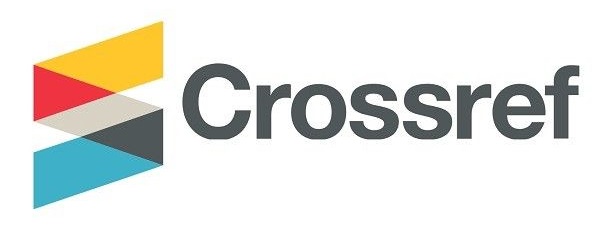A Focus on Some Phonological Assimilation of English and French Loanwords into Hausa
DOI:
https://doi.org/10.37745/bjmas.2022.0386Abstract
The present research aims to examine a comparative phonological study of English and French loanwords into Hausa as spoken in Nigeria and Niger Republic respectively. The main objective of the research is to identify and analyze the lexical differences of the two linguistic communities at phonological point of view. The study is going to cover two important areas that will represent other Hausa speaking areas, one in Nigeria and the other Niger. In southern Niger (Maradi and Damagaran) the largest cities with massive Hausa speakers in the country will be selected. In Nigeria, Kano city will be selected being the largest Hausa city with several Hausa speakers and the Kano Hausa is the closest dialect of standard Hausa. In collection of the data, various written materials available Bookshops and online materials will be referred to; Besides, two research assistants will be co-opted to assist in collecting a proportion of some lexical items within geographical areas from both Kano, Maradi and Damagaran. An observation and interview research methods will also be used in collecting the data, as the research deals with spoken Hausa. The anticipated findings of the research will be identifying Certain English and French Phonemes with their closest phonemes inventory of the first language (Hausa). Also, to identify some of the principles of Hausa language that play great roles in the phenomena of foreign lexicon thereby making the incoming loanwords looks and sound like the native Hausa words.
Downloads
Downloads
Published
Versions
- 08-01-2024 (2)
- 08-01-2024 (1)












